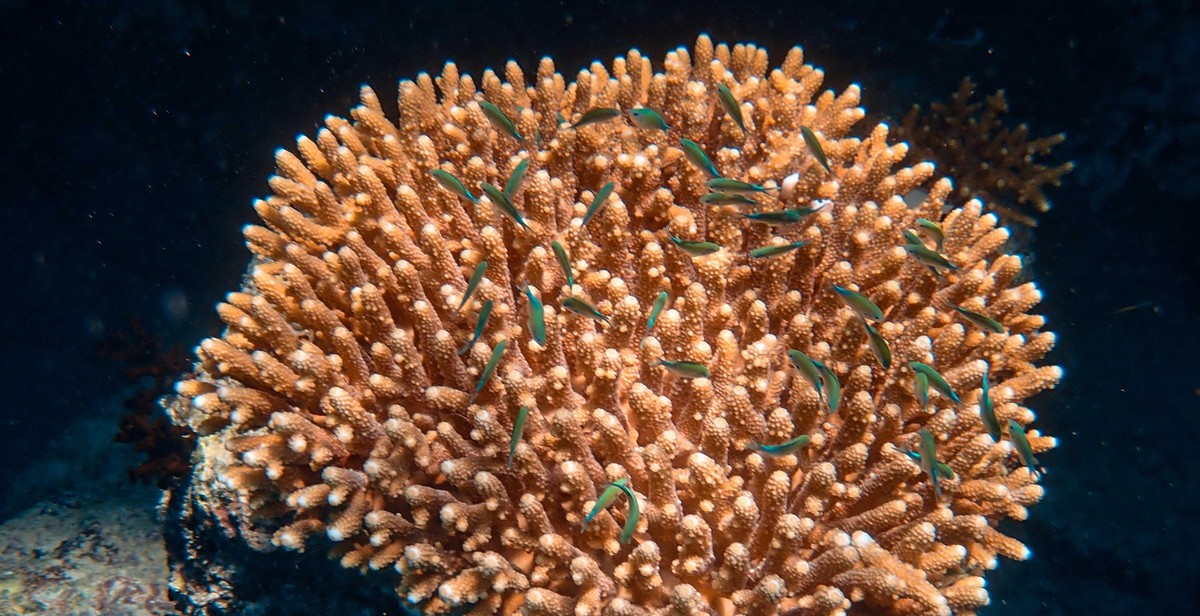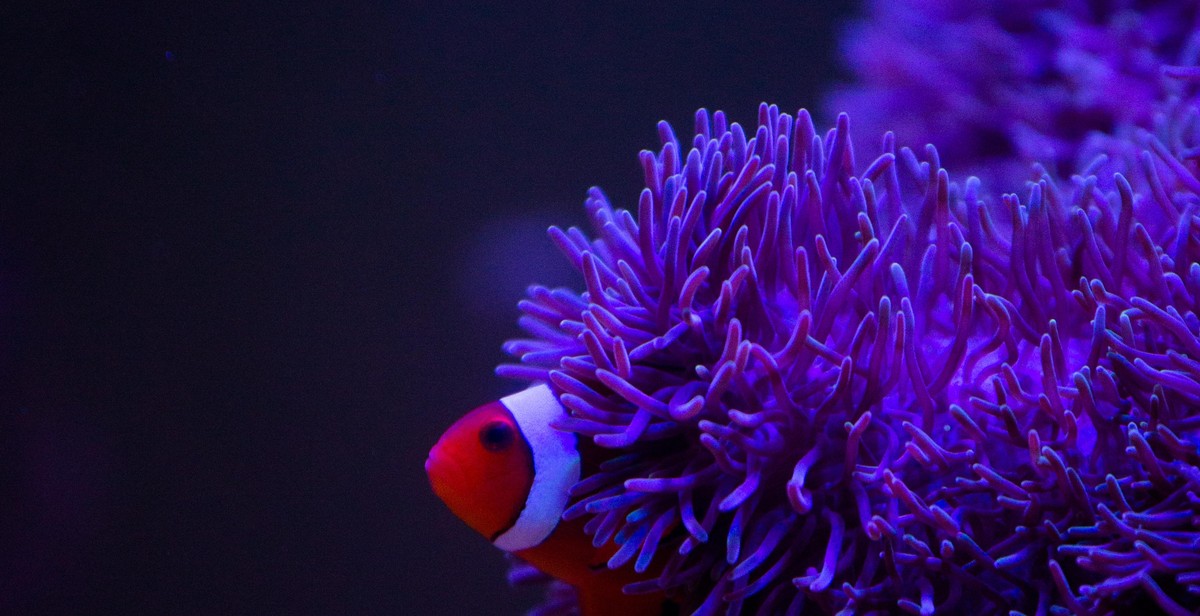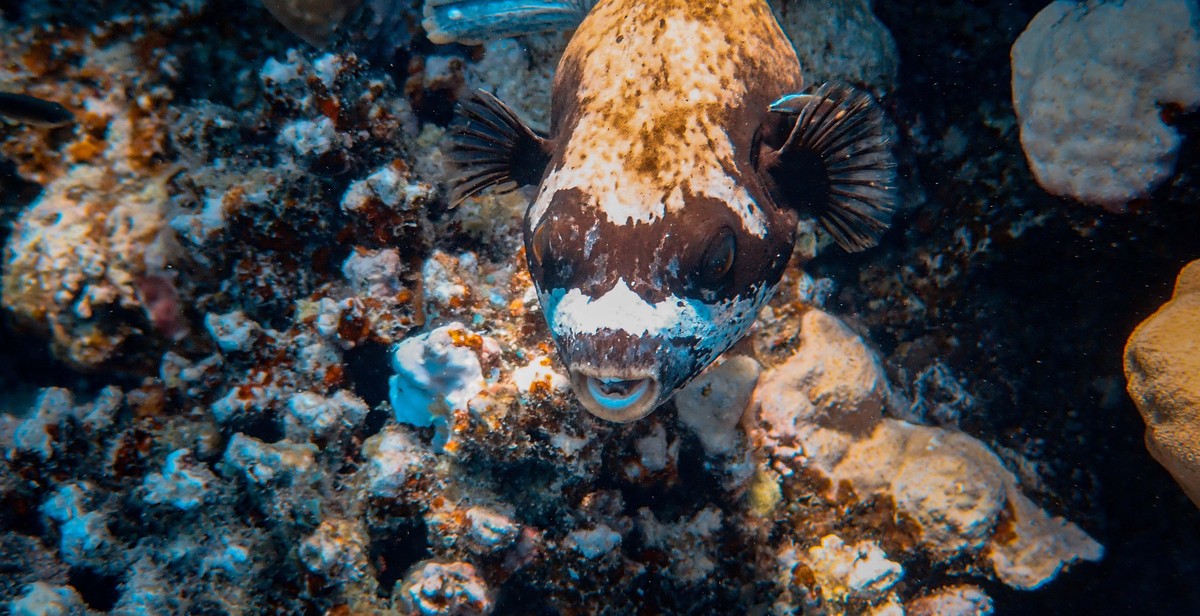Introduction: How to Set Up a Saltwater Aquarium
Setting up a saltwater aquarium can be a fun and rewarding experience for both beginner and experienced fish keepers. Not only does it provide a beautiful and calming addition to your home or office, but it also offers a glimpse into the fascinating world of marine life.
Why Set Up a Saltwater Aquarium?
Saltwater aquariums are a wonderful way to bring a piece of the ocean into your home. They offer a unique opportunity to observe and care for a wide range of marine creatures, from colorful fish to delicate coral. Saltwater aquariums can also be used as a therapeutic tool, providing a calming and relaxing environment.
Benefits of a Saltwater Aquarium
In addition to their aesthetic appeal, saltwater aquariums offer a number of benefits. They can help to reduce stress levels and promote relaxation, and they have been shown to have a positive impact on mental health. Saltwater aquariums also provide a sense of responsibility and can be a great way to teach children about the importance of caring for living creatures.
With the right equipment, filtration, and maintenance, setting up a saltwater aquarium can be a fun and rewarding experience. In the following sections, we will guide you through the process of setting up and maintaining your own saltwater aquarium.

Equipment for Setting Up a Saltwater Aquarium
Setting up a saltwater aquarium requires a range of equipment to ensure that the environment is suitable for marine life. The following are essential pieces of equipment that you will need to set up your saltwater aquarium:
Tank Size
The size of the tank is an essential consideration when setting up a saltwater aquarium. It is recommended that you choose a tank size that suits the type of fish and marine life you intend to keep. A larger tank is generally better as it provides more space for the fish to swim and helps maintain water quality. A 30-gallon tank is the minimum recommended size for a saltwater aquarium.
Lighting
Lighting is essential for a saltwater aquarium as it provides the necessary energy for photosynthesis in live plants and corals. It is recommended that you use high-quality LED lighting as it provides a spectrum of light that is similar to natural sunlight. LED lighting is also energy-efficient and produces less heat, which helps maintain the temperature of the aquarium.
Heating
Heating is essential for a saltwater aquarium as it helps maintain the temperature of the water. The ideal temperature range for a saltwater aquarium is between 76°F and 82°F. You should choose a heater that is suitable for the size of your tank and has a thermostat to regulate the temperature.
Filtration
Filtration is essential for a saltwater aquarium as it helps remove waste and toxins from the water. There are several types of filtration systems available, including canister filters, hang-on-back filters, and sump systems. It is recommended that you choose a filtration system that is suitable for the size of your tank and the type of marine life you intend to keep.
Protein Skimmers
A protein skimmer is an essential piece of equipment that helps remove organic waste from the water. It works by creating a column of air bubbles that attract organic waste, which is then removed from the water. It is recommended that you choose a protein skimmer that is suitable for the size of your tank and the type of marine life you intend to keep.
Powerheads
Powerheads are essential for a saltwater aquarium as they help create water flow and circulation. Water flow is essential for the health of marine life as it helps distribute oxygen and nutrients throughout the tank. It is recommended that you choose powerheads that are suitable for the size of your tank and the type of marine life you intend to keep.
Live Rock and Sand
Live rock and sand are essential for a saltwater aquarium as they provide a natural environment for marine life. Live rock provides a surface for beneficial bacteria to grow and helps maintain water quality, while live sand provides a natural substrate for marine life. It is recommended that you use live rock and sand that is suitable for the size of your tank and the type of marine life you intend to keep.
Testing Kits
Testing kits are essential for a saltwater aquarium as they help monitor water quality. There are several types of testing kits available, including pH, ammonia, nitrite, and nitrate. It is recommended that you use testing kits regularly to ensure that the water quality is suitable for marine life.
Conclusion
By using the above equipment, you can set up a saltwater aquarium that provides a suitable environment for marine life. It is recommended that you choose equipment that is suitable for the size of your tank and the type of marine life you intend to keep. Proper maintenance of the equipment is also essential to ensure that the environment remains suitable for marine life.

Filtration
Filtration is an essential component of any saltwater aquarium setup. It helps to maintain the water quality by removing waste products and excess nutrients, which can lead to the growth of harmful bacteria and algae. There are three types of filtration that you should consider for your saltwater aquarium: Mechanical Filtration, Chemical Filtration, and Biological Filtration.
Mechanical Filtration
Mechanical filtration is the process of physically removing debris and waste particles from the water. This is typically done through the use of a filter, which can be either a hang-on-back (HOB) filter or a canister filter. Both types of filters have a mechanical filtration component, which can be a sponge, a filter pad, or a filter floss. These components trap debris and waste particles as the water passes through the filter.
It is important to clean or replace the mechanical filtration component regularly to prevent it from becoming clogged and reducing the water flow. This will ensure that the filter is working efficiently and effectively.
Chemical Filtration
Chemical filtration is the process of removing dissolved waste products and excess nutrients from the water. This is typically done through the use of chemical filter media, such as activated carbon or GFO (granular ferric oxide). These filter media work by adsorbing or absorbing the waste products and excess nutrients from the water.
It is important to replace the chemical filter media regularly to ensure that it is working efficiently and effectively. Over time, the media can become saturated and stop working effectively.
Biological Filtration
Biological filtration is the process of breaking down waste products and excess nutrients in the water through the use of beneficial bacteria. These bacteria colonize the surfaces in the aquarium, such as the substrate, live rock, and filter media, and convert harmful waste products, such as ammonia and nitrite, into less harmful nitrate.
Biological filtration is typically achieved through the use of a protein skimmer, live rock, and a biological filter media, such as bio balls or ceramic rings. It is important to establish a colony of beneficial bacteria in the aquarium before adding any fish or invertebrates.
| Filtration Type | Pros | Cons |
|---|---|---|
| Mechanical Filtration | Removes debris and waste particles from the water | Needs regular cleaning or replacement |
| Chemical Filtration | Removes dissolved waste products and excess nutrients from the water | Needs regular replacement |
| Biological Filtration | Converts harmful waste products into less harmful nitrate | Requires time to establish a colony of beneficial bacteria |

Maintenance
Setting up a saltwater aquarium is just the beginning. To keep your aquatic environment healthy and thriving, regular maintenance is essential. Here are some tips for maintaining your saltwater aquarium:
Water Changes
Regular water changes are necessary to remove accumulated debris and waste products from the aquarium. Experts recommend changing 10-20% of the aquarium water every two weeks. This helps maintain proper water chemistry and reduces the risk of disease.
Cleaning
Cleaning the aquarium is another important aspect of maintenance. Remove uneaten food, debris, and algae from the substrate, rocks, and decorations. Use a siphon to clean the gravel or sand and replace filter cartridges as needed.
Testing Water Parameters
Regularly testing the water parameters is essential for the health of your fish and corals. Test for pH, ammonia, nitrite, nitrate, and salinity levels with a reliable test kit. Keep a record of the results to track any changes and adjust accordingly.
Feeding
Feed your fish and corals a balanced diet appropriate for their species. Overfeeding can lead to excess waste and algae growth. Use a feeding schedule and avoid feeding your fish more than they can consume in a few minutes.
Adding New Fish or Corals
When adding new fish or corals to your aquarium, quarantine them for at least two weeks to prevent the spread of disease. Acclimate them slowly to the new environment by gradually adjusting the water temperature and salinity levels.
